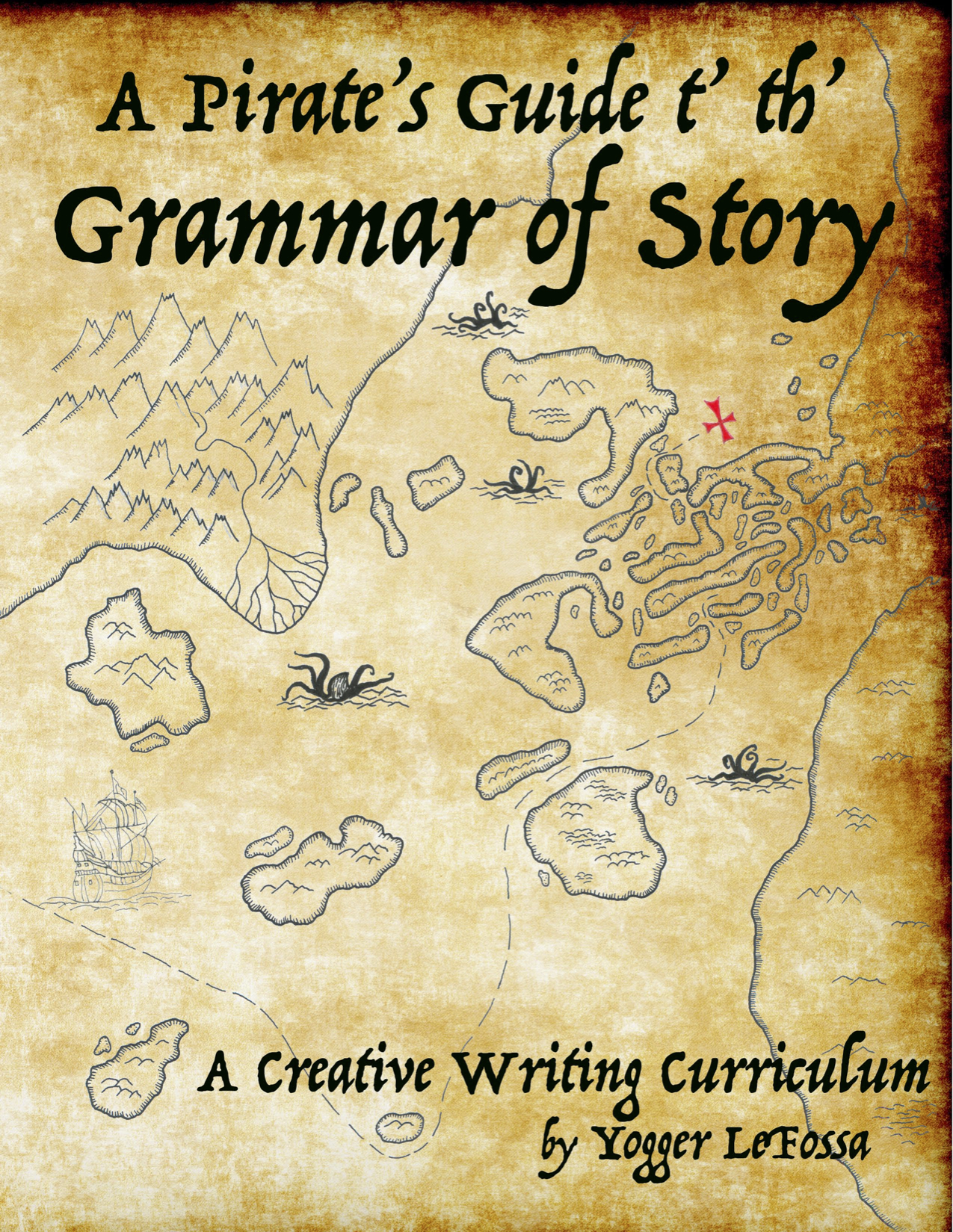Exercise 13 :: Character Values :: What ye be Valuin'?
You might think that this is very similar to Exercise #4 on values, and you’d be right. Character values are things that are valuable to characters, things a particular character believes to be important, worthwhile, or useful. If your student went through the values exercise without trouble, or if the persevered and got it in the end, then this chapter will be no problem. If they struggled, consider going back, now, and reviewing it again, as it does form the basis for this chapter. A key point is that there are not right or wrong values - character values are simply the things a particular character does indeed value. They might value honesty, or money, or even cheating, depending on who they are, what they want, and how they go about getting it.
Values are another aspect of story where it is best to show, and not tell. Saying, “Bilbo valued food” is rather boring, and actually doesn’t tell us much, but showing his expansive pantry and the feasts he holds tells the reader in a way that demonstrates the value vividly. Another way to show a character value is to have the character make choices, because those choices will reveal their values. These choices are the actions that a character takes. Because the story hinges on there being a plot (the series of events and actions that occur during the story), you can help your student see that values are important because they prompt the characters to take actions, which move the story forward.
When there are opposing values in a story, this creates conflict. You can easily see this in your family. When one child values quiet for study, while another values studying to loud rock music, there is conflict. Since conflict is essential for story, having characters with opposing values provides for the problems and actions that are the essence of story. In general, a story is more interesting when there are characters who are different from one another, and one way to do this is to have differences on a single value. The interactions and conflicts that occur when our characters have unique and strong values make for great storytelling.
In Real Life :: This is one of those important concepts that has real value in real life. Understanding this concept of values - not only that each person has them, but that we can have them in different degrees and in different ways, can help each of us, but especially children, realize why there is conflict (or peace), why someone behaves or reacts they way that they do. In the instance above, I mentioned two students who both value studying, but one values studying in quiet, and the other studying with loud music. This will, of course, create conflict. Understanding that they are each trying to study, each one wants to get their work done in the way that best helps them do that, can encourage them to find a solution together - both might need to wear headphones, or choose different rooms to study in. As with so many different elements of story, identifying what they are and how they operate in the “story” of life can bring so much understanding to each of us. So have your student spend some time this week looking at the choices people are making, and see if they can discern the values that underlie those choices. Of course, this is best when we apply it to ourselves, and can see more clearly what we really value (which is, sometimes, different from what we say we value). As Captain Yogger asks, “What ye be valuin’, Spat?” so we can help our children begin to answer that question for themselves.
Finding it in the Story :: This is another chapter where Yogger makes the concept of Character Values obvious - they value bananas over the captain, bananas over the treasure. A more subtle value is shown by Mini Mate, who adds wooden planks to his legs to walk more like Yogger. It can’t be comfortable or fun, but he values the Captain so much that he wants to be like him and takes actions to do so (albeit somewhat foolish actions). Similarly, the chapter where the monkeys eat Yogger’s jelly bean and are so stinky, but don’t care how that affects the other monkeys, is a demonstration of their own values being in conflict with others.
